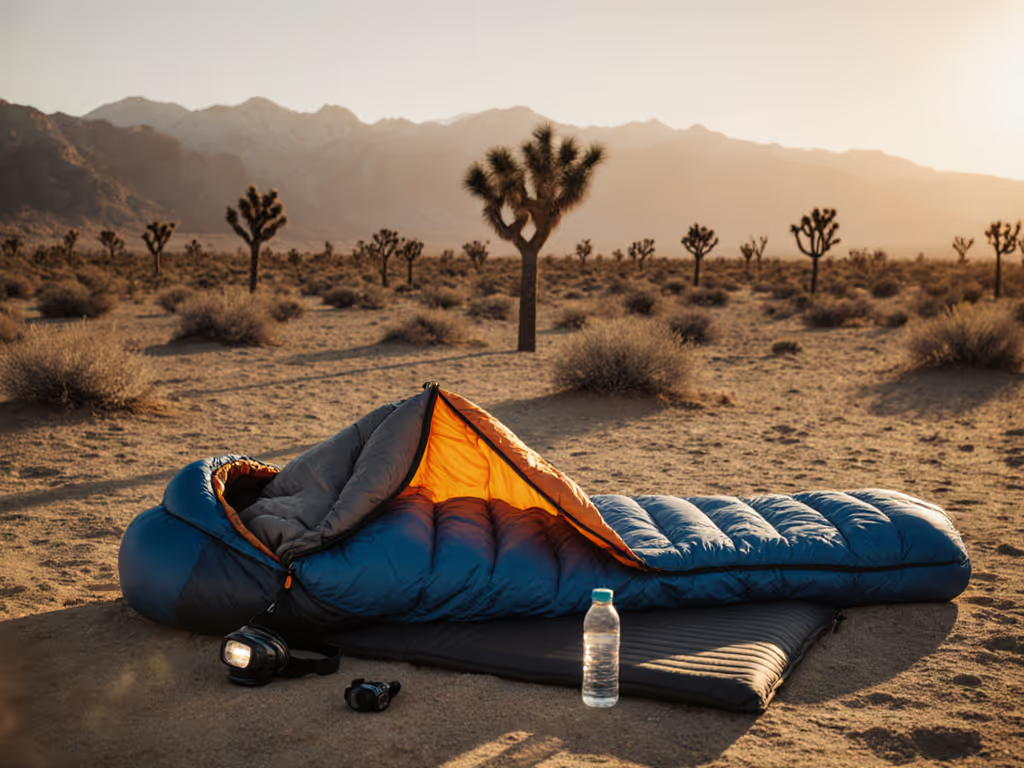
Best Sub-Zero Sleeping Bags for Winter 2025
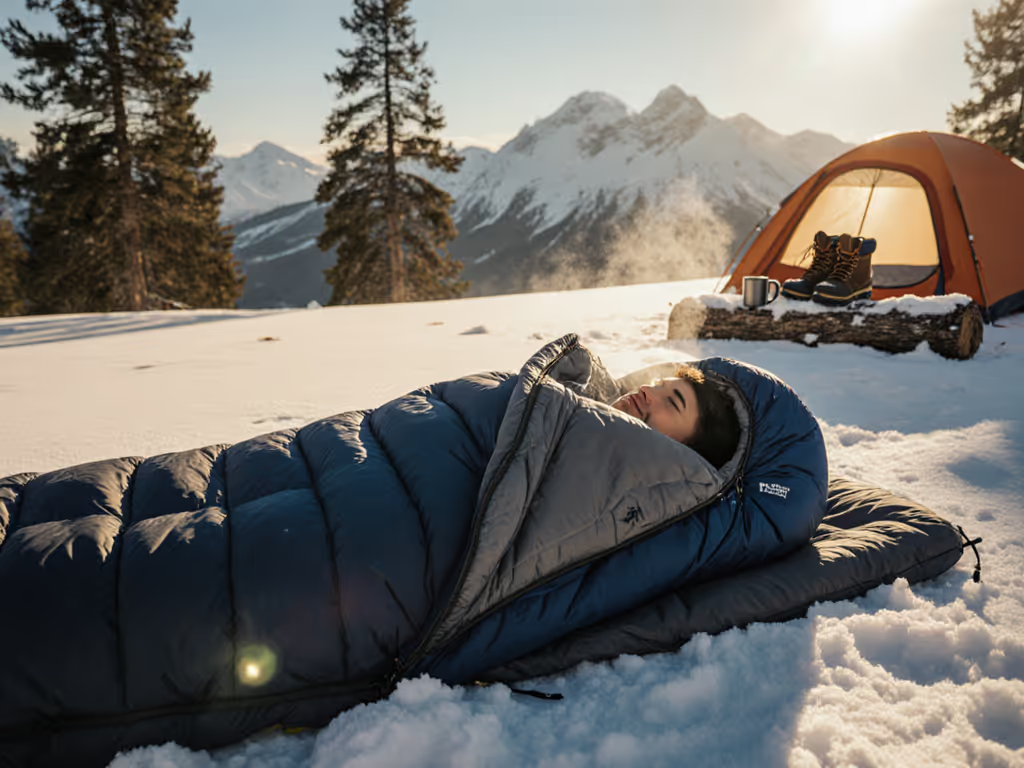
When zeroing in on the best sleeping bags for winter adventures, comfort ratings alone won't save you from a shivering midnight wake-up. The real magic happens when you pair cold weather lightweight sleeping bags with intentional buffers for wind, pad performance, and your unique sleeper profile. Forget trusting the tag number; predictable warmth comes from understanding how that bag will perform for you in actual conditions. After guiding hundreds of beginners through their first frozen nights (and learning the hard way myself), I've seen consistent sleep emerge only when campers treat gear selection as a system, not a spec sheet. Let's turn confusion into confidence with a stepwise plan that works for your body, shelter, and climate.
Why Temperature Ratings Lie (And How to Fix It)
Most sleep disasters happen because campers treat ISO/EN ratings as universal truth. But that "0°F lower limit" on your bag's tag? It's measured on a heated mannequin on a perfectly insulated pad in still air. Real winter involves:
- Wind chill sapping warmth through single-wall tents
- Cold ground draining heat if your pad's R-value is too low
- Moisture from breath or snow dampening down insulation
- Your body's quirks - broad shoulders compressing mummy bags, restless sleep creating gaps
My first winter hut trip proved this painfully: I'd packed a zero-bag (overkill for 15°F nights) but paired it with a flimsy pad. Sweating at 9 PM, shivering by 4 AM. The fix? A scenario-based system answering five questions before you buy:
- What's your shelter's wind buffer? (Double-wall tent? Snow cave? Hammock?)
- What's the expected ground temperature? (Not air temp!)
- What's your sleeper profile? (Cold sleeper? Side sleeper? Female-focused fit needs?)
- What's your pad's real R-value? (Not the marketing number, your actual pad's performance)
- What's your margin of safety? (How many degrees colder might it get?)
Here's how this turns anxiety into actionable planning.
The 2025 Sub-Zero Sleep System: 3 Top Picks with Real-World Buffers
Below are my top-tested sub-zero sleeping bags - but I'll translate their specs into your actual comfort zone using the five-question framework. Each review includes climate presets and buffer recommendations based on shelter type and sleeper profile. Remember: Plan the night, not just the number on the tag.
1. Western Mountaineering UltraLite 20: The Conservative Down Performer
Why it's special for winter: Western Mountaineering famously bakes buffers into their ratings. While most brands slap a "0°F" tag meaning "survivable for 8 hours", WM's UltraLite 20 tests closer to true comfort at 20°F. This reflects reality: cold sleepers need extra warmth and a safety margin for variable conditions.
Real-World Warmth Calculator
| Factor | Your Input | Warmth Impact |
|---|---|---|
| Bag rating | 20°F comfort | Baseline |
| Pad R-value | R 5.5 (e.g., Therm-a-Rest NeoAir XTherm) | +15°F buffer |
| Double-wall tent | Yes | +5°F buffer |
| Cold sleeper | Yes | -5°F adjustment |
| Wind exposure | 20+ mph | -8°F penalty |
| Total effective warmth | 7°F comfort |
When to Choose This Over a "0° Bag"
- ✅ If your pad is R 4.5+ and you sleep in double-wall tents/snow shelters
- ✅ If you're a cold sleeper needing extra draft management (WM's 360° collar is unmatched)
- ✅ If you prioritize decades-long durability over initial cost
- ❌ Avoid if you sleep in single-wall shelters frequently or need wider shoulder room
My conservative take: That $620 price tag buys peace of mind. WM's fill-power consistency means this bag reliably hits its rating with a buffer. I've seen warm sleepers use it down to 5°F with an R 5.5 pad, here's your buffer for messy weather when temps dip below forecast. But couple it with at least R 4.5 pad or you'll lose that advantage.
2. REI Co-op Magma 15: Inclusive Sizing for Variable Sleepers
Why it's special for winter: REI's unisex sizing solves the #1 fit issue for cold sleepers: women's bags that are too short/tight in shoulders. The Magma's wider chest cut maintains insulation loft for side sleepers while keeping mummy efficiency. Critical for winter where compressed down = cold spots.
Real-World Warmth Calculator
| Factor | Your Input | Warmth Impact |
|---|---|---|
| Bag rating | 21°F comfort (REI rates conservatively) | Baseline |
| Pad R-value | R 4.0 | +10°F buffer |
| Snow cave shelter | Yes | +7°F buffer |
| Restless sleeper | Yes | -3°F penalty |
| High humidity | Coastal winter | -5°F penalty |
| Total effective warmth | 20°F comfort |
When to Choose This Over a "0° Bag"
- ✅ If you need room to wear insulated layers (hood fits over beanie without compressing)
- ✅ If your shelter varies (works in tents and snow caves due to inclusive fit)
- ✅ If you're budget-conscious but want hydrophobic down (850-fill with DWR)
- ❌ Avoid if you need extreme packability (adds 4 oz vs WM) or sleep in alpine bivvies below -10°F
My planner's note: This bag shines when conditions shift. That roomy hood accommodates sleep caps without crushing insulation, saving ~5°F vs tighter bags. But humidity slashes its effective warmth; pair it with a vapor barrier liner (VBL) if camping near lakes or coasts. For true sub-zero trips, step up to the Magma 0. No shame overpacking while learning; I'd rather you carry the 0° and not need it than freeze because you "cut it close".
3. Robens Morraine III: Synthetic Solution for Wet Climates
Why it's special for winter: MicroThermo Ball insulation outperforms standard synthetics in damp conditions, critical when condensation ruins down bags. Rated to -2°C limit (28°F), it's the insurance policy for humid winters where moisture is inevitable.
Real-World Warmth Calculator
| Factor | Your Input | Warmth Impact |
|---|---|---|
| Bag rating | -2°C limit (28°F) | Baseline |
| Pad R-value | R 3.0 (common foam pad) | +5°F buffer |
| Single-wall tent | Yes | -7°F penalty |
| Warm sleeper | Yes | +5°F buffer |
| Wet ground | Snowmelt contact | -10°F penalty |
| Total effective warmth | 21°F comfort |
When to Choose This Over Down Bags
- ✅ If you camp in coastal/maritime climates (Pacific NW, UK, Scandinavia)
- ✅ If you prioritize dry warmth over weight (synthetics add 5-8 oz)
- ✅ If you'll sleep in budget tents prone to condensation
- ❌ Avoid if you need ultralight performance for alpine traverses
My climate preset recommendation: In damp conditions, treat this as a 25°F bag only if you pair it with R 4.0+ pad and vent aggressively. Its full-length zipper (rare in budget bags) lets you dump heat fast when you over-layer, preventing that sweaty-to-freezing cycle. Here's your buffer for messy weather: add a fleece liner for +5°F and never worry about damp insulation. No tough-it-out advice here: if it feels clammy, that's moisture stealing your warmth. Address it immediately.
Build Your Personalized Winter Sleep Prescription (No Guesswork)
Your perfect sleep system isn't on a shelf - it's built from your answers to five questions.
Use this if/then decision path to customize any sleeping bag's performance for your next trip:
- If your shelter is single-wall or breezy → THEN add 5°F to your target bag rating
- Example: For 15°F nights, pick a 10°F bag minimum
- If your pad is R 3.0 → THEN subtract 5°F from the bag's comfort rating
- Example: A "20°F" bag becomes 25°F effective warmth
- If you're a cold sleeper → THEN add 5-8°F buffer to your coldest forecast
- Example: Forecast says 10°F? Plan for 2°F
- If humidity is high → THEN choose synthetic or add VBL liner
- Example: Coastal winter? Prioritize Robens over down
- If you sleep in a snow cave → THEN reduce buffer by 3°F (insulation works harder)
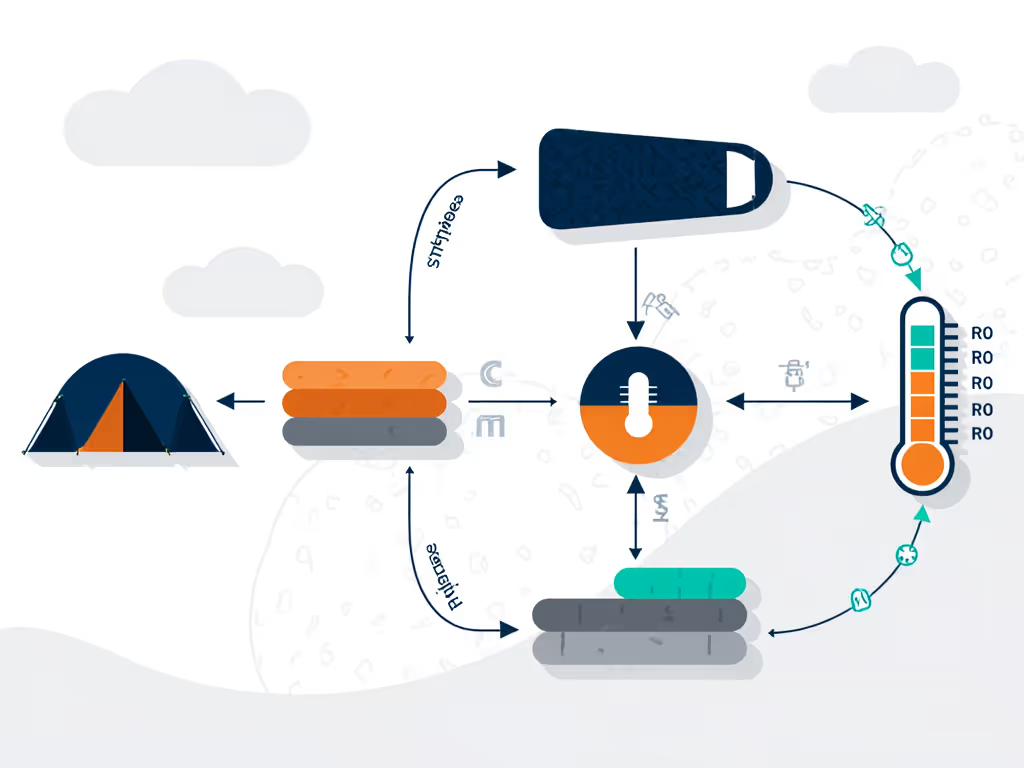
Your Actionable Next Step: The 5-Minute Buffer Builder
Don't just buy a bag - build your sleep insurance. Right now:
- Grab your current sleeping pad and check its actual R-value (not the claimed one, look for ASTM F3340 tests)
- Text your last cold-weather trip partner: "What was the coldest ground temp we faced?"
- Run this checklist:
- ☐ My pad's R-value ≥ 4.5 for sub-zero trips
- ☐ My bag's real comfort rating = coldest expected temp + 10°F
- ☐ I have a draft-buffer strategy (hood cinch, collar seal, VBL liner)
- ☐ Shelter type matches my bag's wind tolerance (e.g., no mummy bags in breezy tarps)
Final thought: That first winter trip where I sweated then froze taught me to stop chasing ounces and start building systems. Your warmest nights start with asking which five degrees? - degrees of buffer, not degrees on a tag. Now go plan that night.
Related Articles

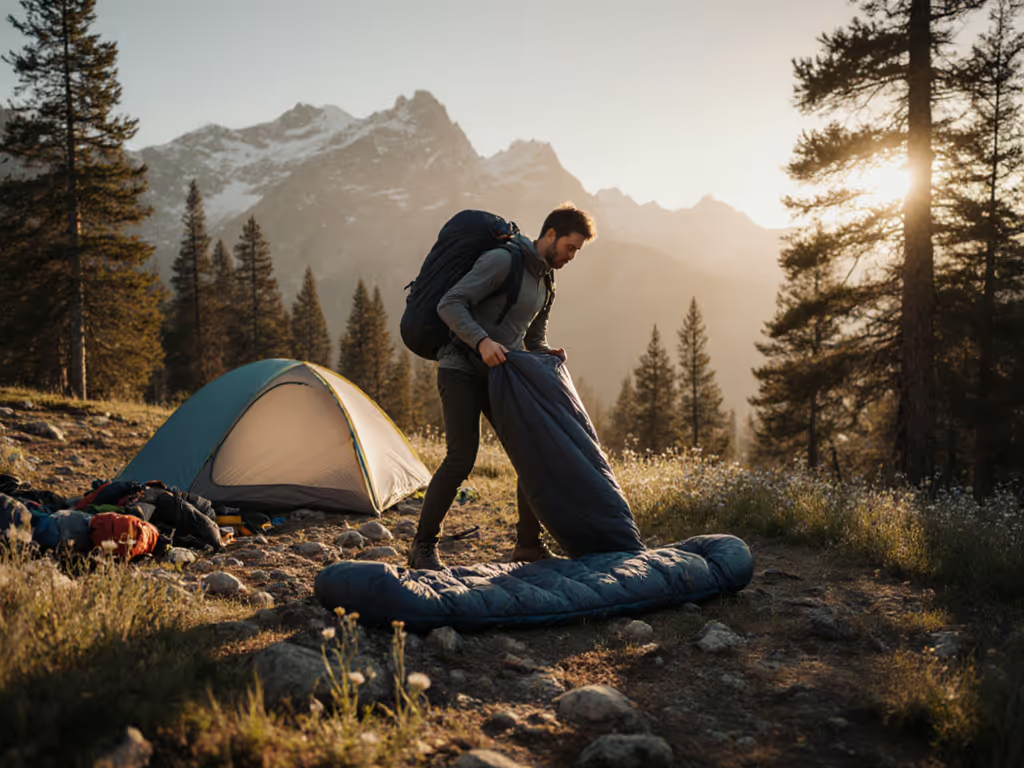
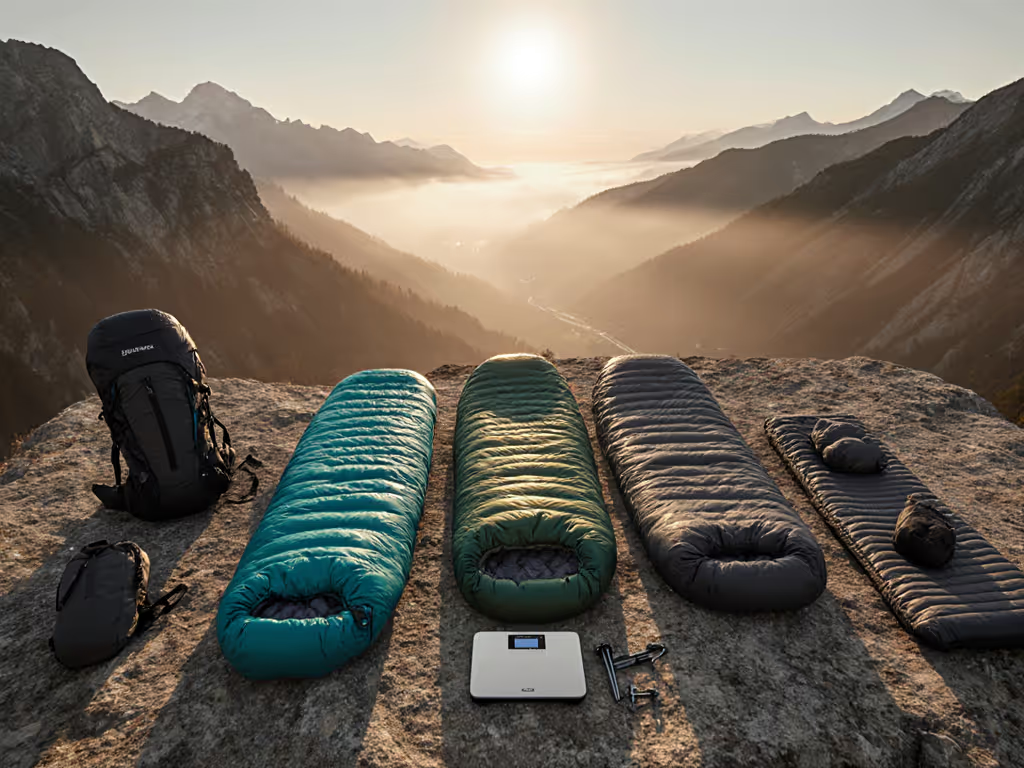
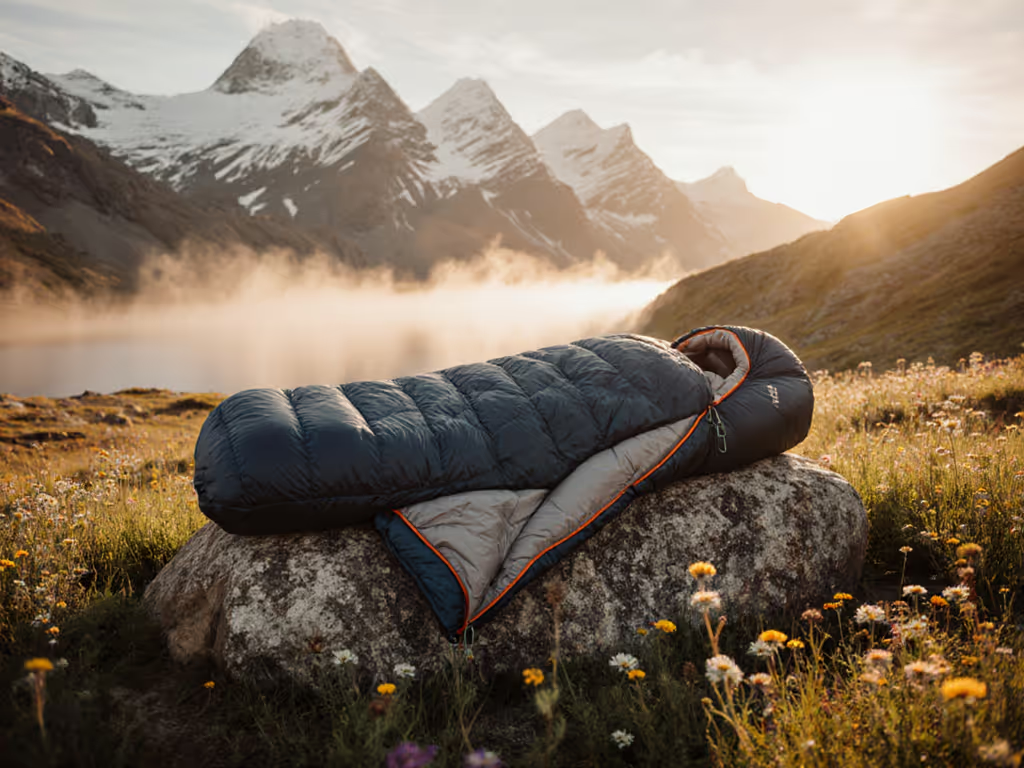
Trusted Eco-Friendly Sleeping Bags: No Performance Trade-Offs
Learn how to choose sustainable sleeping bags that stay warm when it counts, using straightforward price-to-warmth math, durability and repairability checks, and fit-focused tips. Features vetted picks and a value map so you know where to spend, where to save, and when a wearable blanket makes sense.
